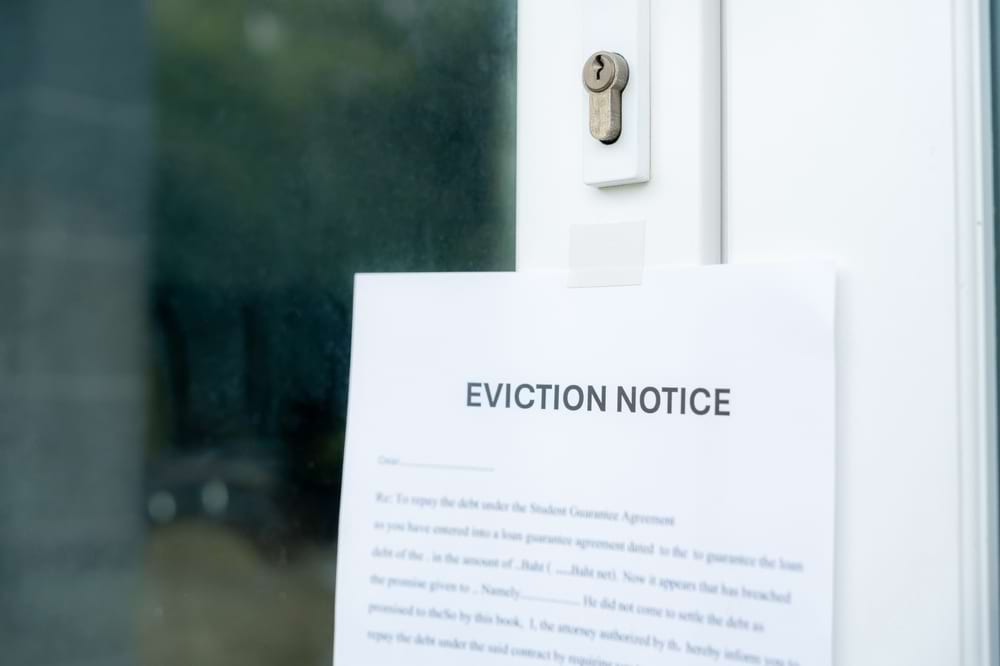Getting consent to let for your property can seem complex and daunting.
But without it, you could be breaching your mortgage terms.
In this guide, we’ll provide an overview of everything you need to know about consent to let before letting your property.
What is consent to let?
In the UK, consent to let refers to the permission a homeowner gains from their mortgage lender to let (/rent) out their property to tenants.
It is required because most mortgages are granted based on the condition that the homeowner lives in the property.
In other words, consent to let prevents the homeowner from being in breach of their mortgage terms.
Do I need consent to let?
Not all mortgage agreements require you to obtain consent from your lender before renting out your property.
However, the vast majority do. After all, standard residential mortgages are usually only intended to finance a property you occupy.
Most buy-to-let and holiday-let mortgages don’t require consent to let, as they are explicitly designed for rented properties.
However, consent is nearly always needed if you have a residential owner-occupier mortgage.
How to find out if you need consent to let
To double-check if you need consent or not, thoroughly check the terms of your mortgage contract.
It should explicitly state the requirement to obtain permission if it’s needed.
If you can’t find or understand this information, contact your mortgage lender directly to query it.
Why do I need consent to let?
There are a few key reasons why residential mortgage lenders usually require you to get consent to let.
1. Increased risk
Renting involves some additional risks compared to an owner-occupied property.
Tenants may damage the property or fall into rent arrears.
Your mortgage lender has a financial stake in the property, so they want to assess and approve these increased risks.
2. Affordability
Mortgage lenders calculate how much you can borrow based on your expected living costs and outgoings as an owner-occupier.
Letting your home can significantly change your expenditure, impacting your ability to repay your mortgage.
3. Insurance
Standard building insurance often doesn’t cover rental properties. Lenders sometimes require specialist landlord insurance.
Your lender will want to check that the appropriate cover is in place.
4. Compliance
Various laws and regulations cover renting property, including safety, deposits, and more.
Before letting, your lender will want to check that you understand your obligations as a landlord.
Can I be refused consent to let?
Yes, it is possible for consent to let to be refused by your mortgage provider.
Every lender will have specific criteria used to make decisions about consent requests.
Typical reasons why a lender might refuse consent include:
1. Poor affordability
They are letting a property can change your income and expenditure.
If updated affordability checks suggest the mortgage payment is no longer affordable for you, the lender may deny consent.
2. Insufficient rental demand
Your lender may assess if there’s suitable local demand to sustain ongoing rental payments.
Areas with known oversupply issues are more likely to be refused.
3. Property suitability
Some property types, such as high-rise flats, may be deemed suitable for the rental market.
4. Loan to value (LTV) percentage
A loan to value (LTV) percentage is a financial term used in property to describe the ratio of a loan to the value or purchase price of a property.
Lenders use it to assess the risks associated with individual mortgages. Applications are more likely to be declined if you have less than 20-25% equity.
Most lenders prefer rental properties to have lower LTV percentages.
5. Mortgage product restrictions
Particular mortgage deals may have specific clauses prohibiting letting.
For example, lenders often forbid letting new-build properties financed under Help to Buy schemes for a set period. Or they limit the number of buy-to-let mortgages a borrower can have.
Before applying for consent, always thoroughly check if restrictions apply to your mortgage product.
While refusals are possible, most consent requests that meet all eligibility criteria are approved.
How hard is it to get consent to let?
Getting consent to let is usually straightforward for standard residential mortgages with no letting restrictions.
The process requires filling out a consent request application form and providing any documentation requested by your lender.
Typical conditions that need to be met
If letting is allowed under your product terms and property checks suggest letting is viable in your area, consent should be simple and manageable.
However, the effects of the 2008 financial crisis are still being felt today.
Banks and building societies are typically still cautious about high LTV consent applications.
It’s also fair to say that consent requirements have contributed to a decline in residential homeowners’ flexibility in letting their property.
Yet, for most homeowners with standard mortgages and sufficient equity, gaining consent remains relatively achievable.
To avoid delays or refusal risks, satisfy all affordability, property, and documentation stipulations.
How long do consent to let approvals take?
Approval times for consent to let applications vary between lenders.
Some lenders may only take a few days to consent, while others can process requests for 4-6 weeks.
Does consent to let cost anything?
The cost varies between mortgage lenders. Some charge admin fees to process consent requests.This is usually in the form of a one-off fee.
In a minority of instances, gaining consent may also incur early repayment charges on your mortgage – so always double-check this first.
On top of admin fees, you’ll usually need to switch your mortgage deal if you let your home under consent.
This often means moving from your existing residential deal to a higher-rate buy-to-let product instead.
Lenders can insist that you change products like this to comply with tighter buy-to-let regulations when letting a property.
Higher ongoing costs are the main financial downside of needing consent from most lenders.
Yet, for many borrowers, the increase in mortgage payments is offset by achievable rental incomes on the property.
Tips when applying for consent to let
If you require consent to let from your provider, keep the following tips in mind to help make the process as smooth as possible:
Check eligibility upfront
Thoroughly read your mortgage offer documents first and identify any restrictions around letting.
Also, clarify that your property type, loan amount and LTV ratio meet any threshold lending criteria.
Gather evidence
Have tenant referencing procedures, safety certification, landlord insurance and detailed financials ready to share.
These prove that you understand your responsibilities and that adequate protections are in place.
Get agent support
When applying, seek assistance from a letting agent.
They can advise on current local rental demand and projected yields and prepare professional tenancy agreements. These provide extra assurance and credibility to lenders.
Allow ample time
While some lenders may only take a couple of weeks, a consent application can take over a month in some cases.
Account for processing times so tenancies can start on schedule.
Be ready to switch deals
Expect to change your mortgage product to a buy-to-let alternative when seeking consent.
Factor in any extra lending costs so they don’t come as a surprise.
Getting consent to let your property
For standard residential mortgages, you typically need consent from your existing lender before renting your property.
While an extra step, gaining consent is manageable for most borrowers who meet critical lending criteria.
With prudent planning and preparation, consent to let remains attainable from high street banks and building societies today.
So don’t let the need for permission delay your plans if circumstances require renting out your property for a period.
We Buy Any Home buys properties with tenants
As an alternative option, you may decide to sell your house with tenants.
We Buy Any Home are chain-free cash house buyers who can purchase your property up-front and quickly (in as little as 7 days), without hassle or stress.
Using our own funds, we will purchase your property at a set price, by a date of your choosing, and fully manage it from beginning to end.




















